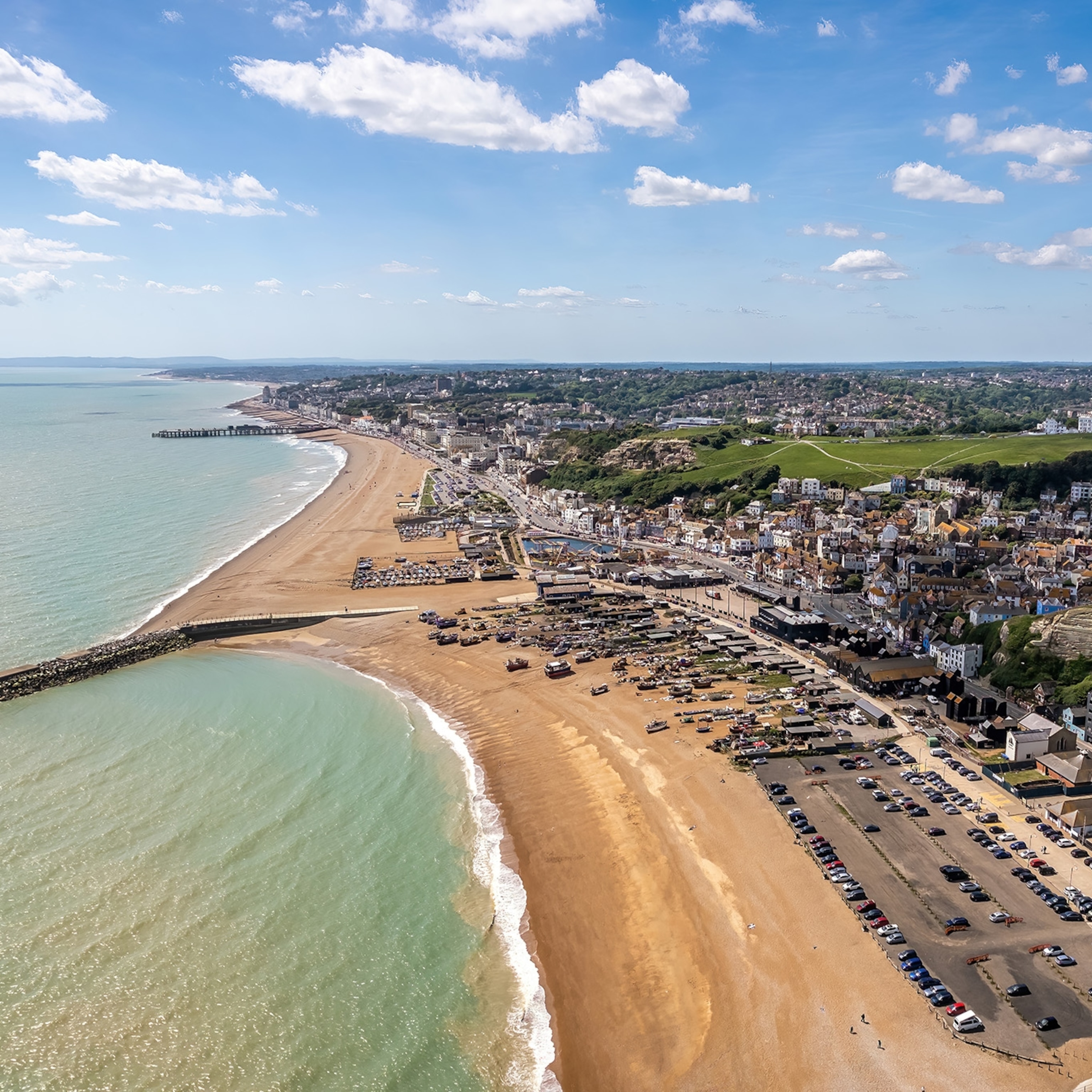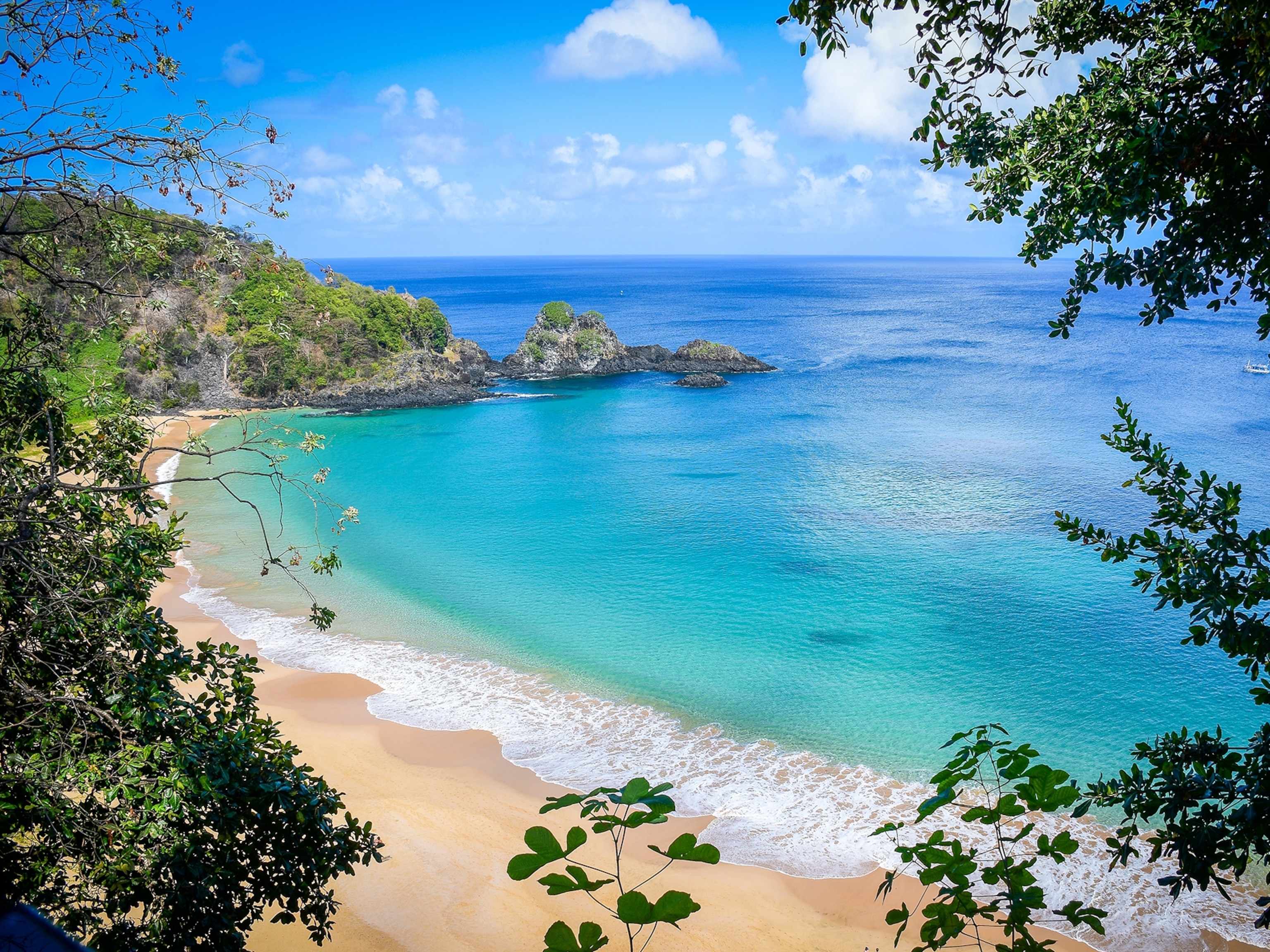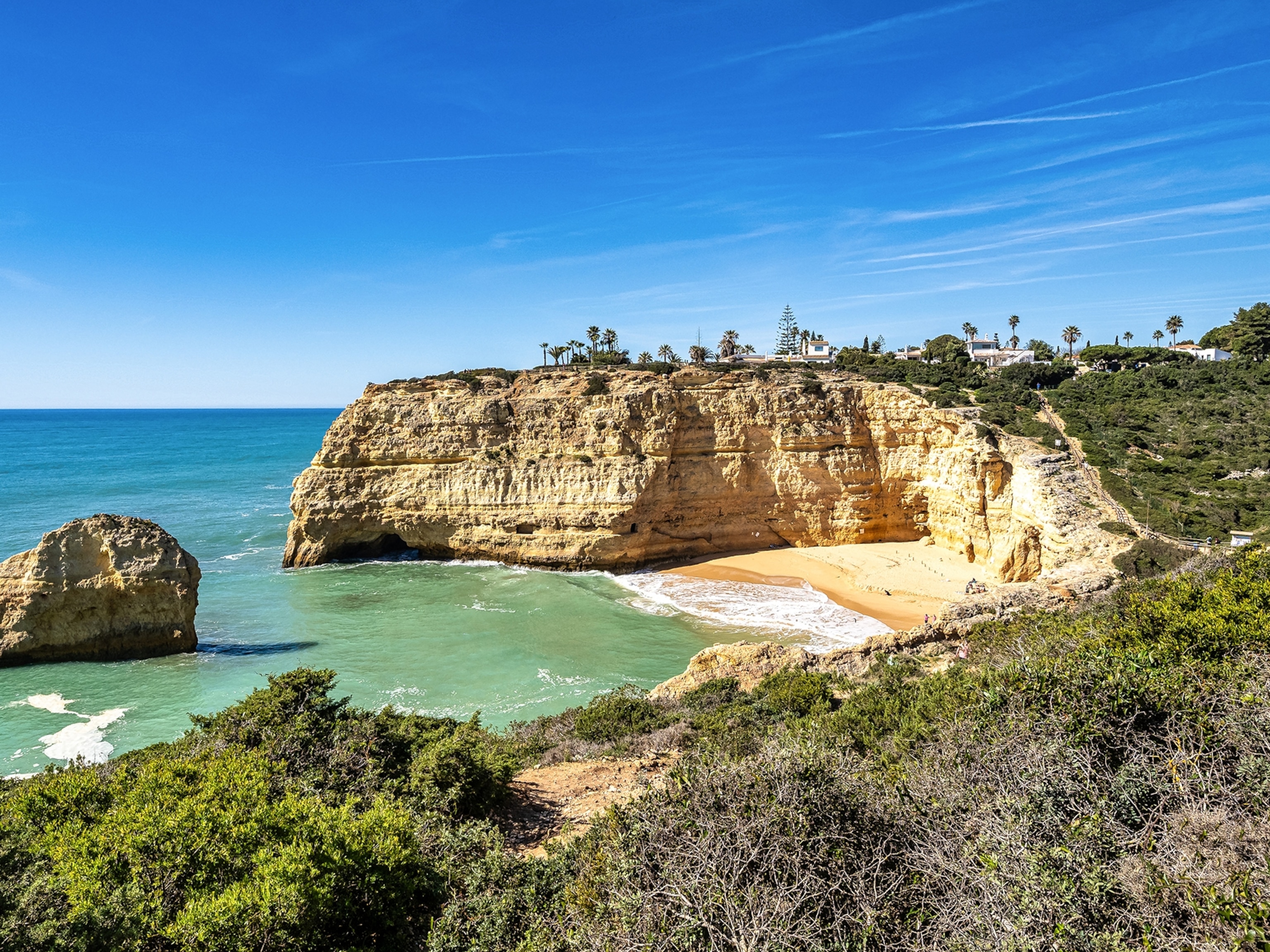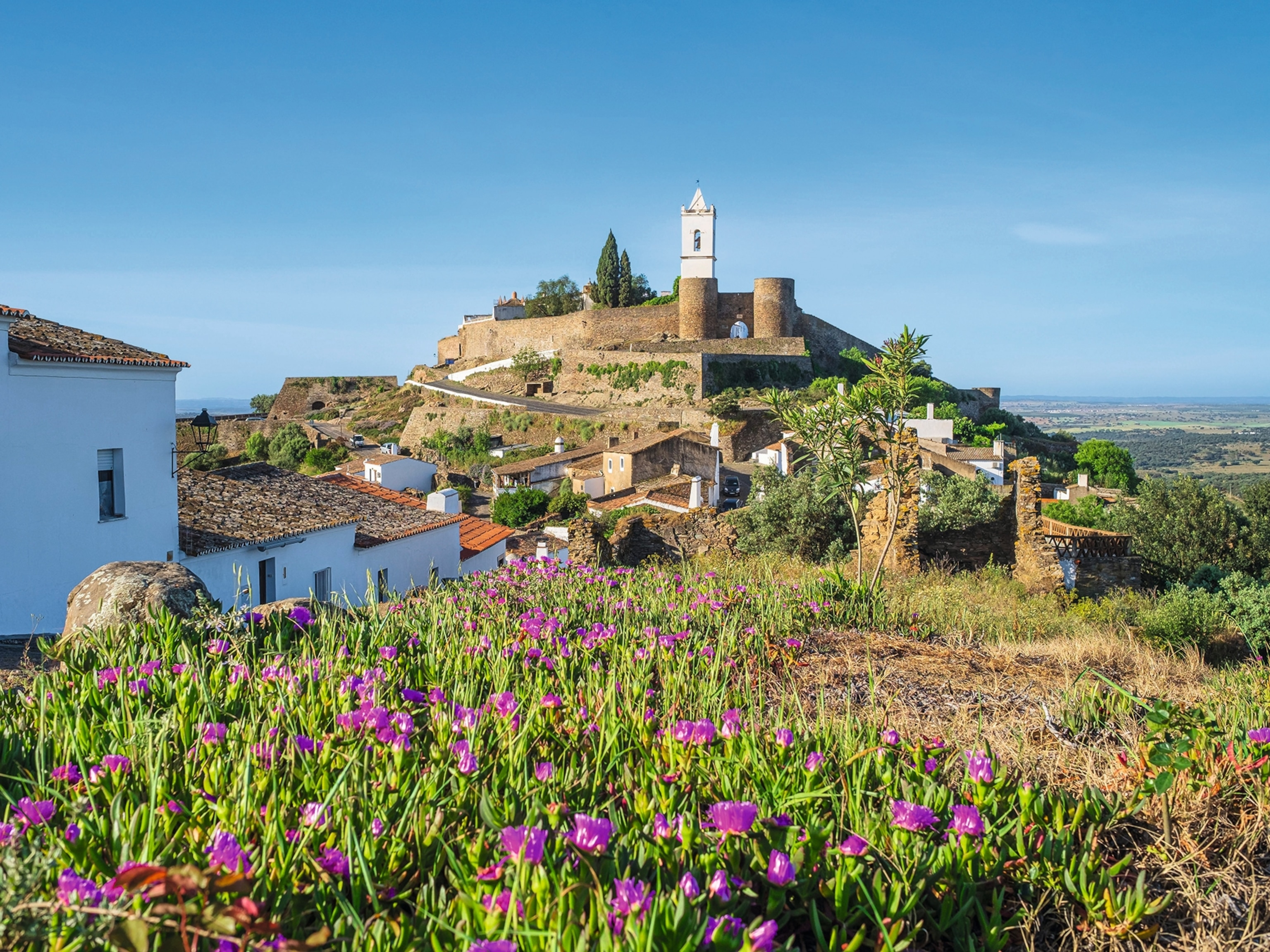
Coast with the most? What the future holds for Britain's beloved seaside
Our rediscovered love of the UK coast only gained momentum during lockdown, bringing investment in local arts, a focus on the environment and a new sense of community to British shores.
Sooner or later, everywhere has its moment. A poll for Which? magazine in 2020 named Cleethorpes as one of the worst seaside destinations in the UK; the survey’s respondents were resolutely unmoved by the charms of the Lincolnshire town. This didn’t go down well with local MP Martin Vickers. “Going by the thousands of visitors who come to Cleethorpes and keep returning, they have a different judgement,” he said. Vickers wasn’t the town’s only cheerleader. In February 2022, it was revealed that big-name designer Wayne Hemingway had a plan to turn the town into a fashionable resort. “Cleethorpes,” he said, “has probably got more opportunity than any other place I’ve worked before.”
Is opportunity what comes to mind when you think of the British seaside? Or is it a 99 Flake ice cream dripping down your fingers as you seek a spot on a deckchair-rammed beach? Perhaps a remote bay where the open sands and Atlantic wind are yours alone? An age-old harbour full of lobster pots and fishing boats? End-of-pier amusements? Edge-of-the-world campsites? There’s a lot to picture. According to Ordnance Survey, which maps every inlet, islet and crag around the UK shoreline, the British coast measures more than 19,000 miles (including islands), making it not so much a destination as a giant salty-aired jumble of different places, experiences and ideas.
It’s why the old music hall song still rings true for so many of us: we really do like to be beside the seaside. From Tynemouth and Torbay to Tenby and Tobermory, with due reverence to every cliff and cafe in between, our coastline has enough variety, tradition and dynamism to cater for wildly differing tastes, even if the weather can often be a lottery. On an island nation where you’re never more than 70 miles from the coast, the waves have always had a hold on us. “I am quite convinced,” wrote Jane Austen in Persuasion, published in 1817, “that with very few exceptions, the sea air always does good.”
She was far too early to see the cycle of decline and regeneration that many of our coastal areas have since witnessed, but there’s a permanence about their appeal. In recent times, the British seaside had been undergoing a well-documented renaissance beginning long before Covid-19, and its popularity is clearly no passing fad. Surfers, wildlife-lovers and gourmets all have their preferred coastal spots — as do paid-up members of the bucket-and-spade brigade.
“Some people love the nostalgic kiss-me-quick holiday image, but many visitors are seeking more,” says Samantha Richardson, director of the National Coastal Tourism Academy (NCTA). “Good accommodation and dining, sustainable travel, experimenting with a new watersports, getting back to nature and cultural breaks are all increasing.”
The pandemic, and the curtailment of overseas travel that came along with it, led to bumper bookings at coastal resorts up and down the country. Photos duly appeared of unpleasantly jam-packed beaches with barely enough space to swing a stick of rock, although those images weren’t always representative of the wider picture. Research carried out by the NCTA in 2021 showed that 74% of visitors to the coast during the pandemic had plans to return in the next 12 months. In other words, for every honeypot beach that turns into a real-life scene from Where’s Wally at the first hint of sunshine, there are countless trips spent enjoying secluded bays, exploring new coastal greenways and checking into smartly updated hotels.
“Covid-19 has provided an opportunity for coastal areas to re-engage domestic audiences,” says Richardson. “In lockdown, some businesses took stock, refurbished, created new products and now offer a superior experience, gaining repeat visits from consumers who wouldn’t previously have considered a UK coastal holiday.” Accordingly, in August last year, the Guardian reported on a surge in advance bookings from domestic visitors for summer 2022, everywhere from Pembrokeshire to Norfolk. However, with a coastline as diverse as the UK’s, the real story might just be that it took us so long to wake up to the wonders of what’s on our doorstep, regeneration or no regeneration.
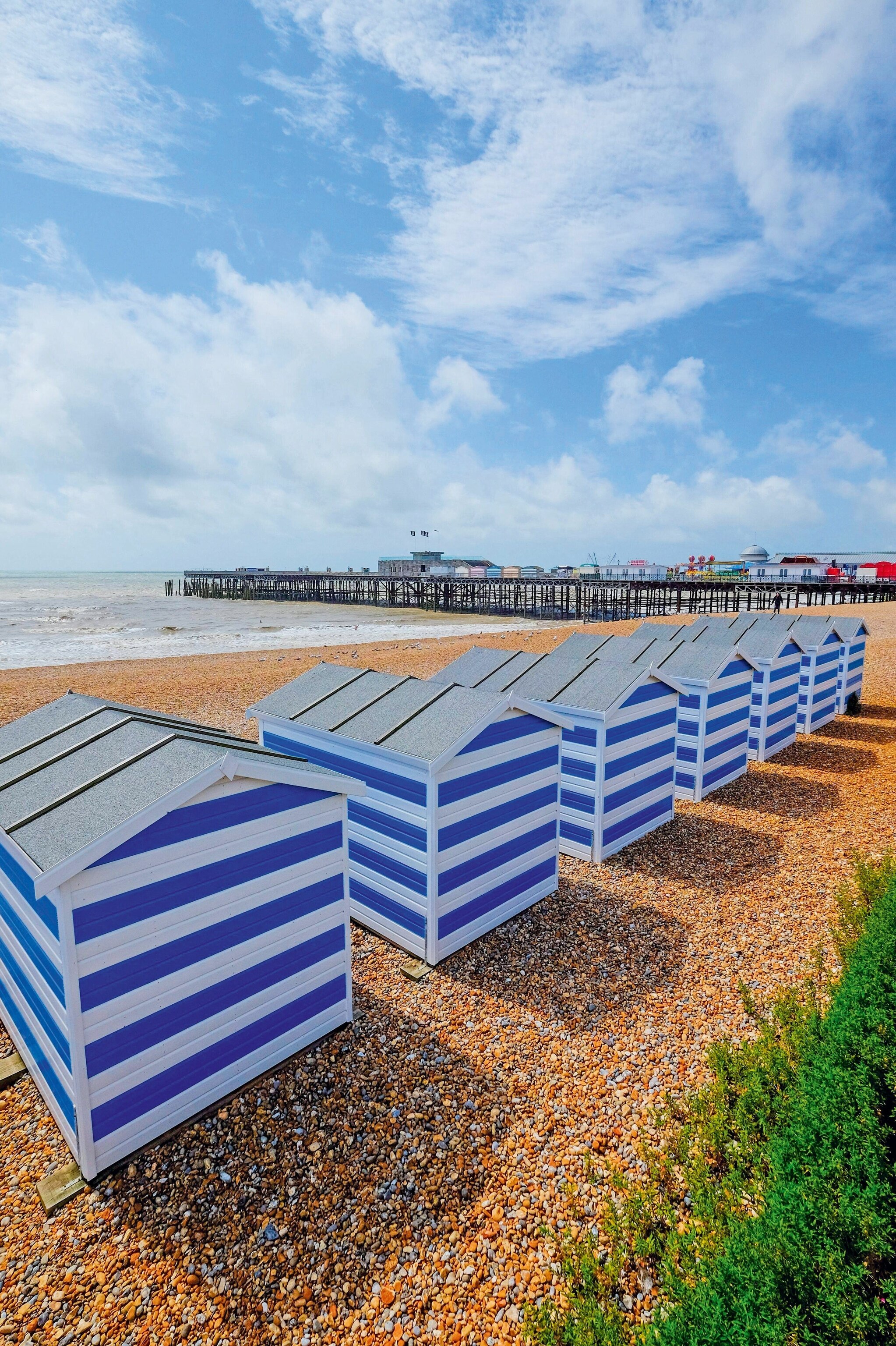
The UK coast, after all, has never lacked show-stopping beauty, from the craggy drama of Northern Ireland’s Causeway Coast and the horizon-wide beaches of the Outer Hebrides to the castle-studded shorelines of Northumberland and the aspic-preserved loveliness of the Isles of Scilly.
However, it’s not an entirely idyllic picture. The British seaside has for decades juggled complex issues, among them the realities of social deprivation — something highlighted by Simon Reeve’s warts-and-all Cornwall series, set during the pandemic. There’s also the pressing issue of environmental care, and the perils of allowing too many second homes. It all means that the current tranche of regeneration and investment is a tricky balancing act.
But in the East Sussex town of Hastings, which even the local tourist board website describes as ‘an oyster that comes with its own grit’, Covid-19 has had an unexpected impact. “Before the pandemic, a lot of people here had disposable income but were working in London,” says Ned Braxton, co-owner of local brewhouse Brewing Brothers. “As soon as Covid happened and people were working from home, there was a realisation: ‘This is my home, I like it. Let’s invest and make it as good as possible.’”
It added momentum to a change that was already gathering pace. Brewing Brothers opened its second Hastings bar in 2021 as one of the tenants of The Courtyard, a new seafront development in former public baths that had stood derelict for decades. Elsewhere in town, the Hastings Contemporary art gallery reopened in 2019, while Hastings Fat Tuesday music festival — the UK’s largest Mardi Gras celebration — is now in its 12th year. “The regeneration feels authentic here,” says Braxton. “It’s been driven by Hastings people doing their own thing.”
The long-term impact of new developments can be significant. Since the opening of the Turner Contemporary art gallery and the renovation of the Dreamland amusement park in the 2010s, the Kent town of Margate has been seen as a resort that’s going places, albeit on a sometimes rocky journey. Hoping for a similar boost to its profile is Lancashire’s Morecambe, which has received planning permission for the Eden Project North, a £125m attraction with a projected opening date of 2024.
The potential is vast, according to John O’Neill of Lancaster & District Chamber of Commerce. “On a good summer’s day in Morecambe we might get 8,000 to 10,000 visitors, but that tails off in winter,” he says. “However, if you’re attracting 6,000 to 7,000 visitors every day, 52 weeks a year, you suddenly change the local economy and people’s attitudes. So, this is not just another leisure development. It has wider ramifications for education, health, business and the environment.”
Morecambe Bay itself has the UK’s largest expanse of intertidal mudflats and sand, making it not only wildlife-rich but scientifically vital, a key reason for its selection as the home of Eden Project North. The hope is that the new development will also encourage future generations of locals to place added value on their hometown. “Change in a seaside resort is very hard to drive locally at times,” says O’Neill. “Young people who grow up here often gravitate to cities, so it can be difficult to build that impetus.”
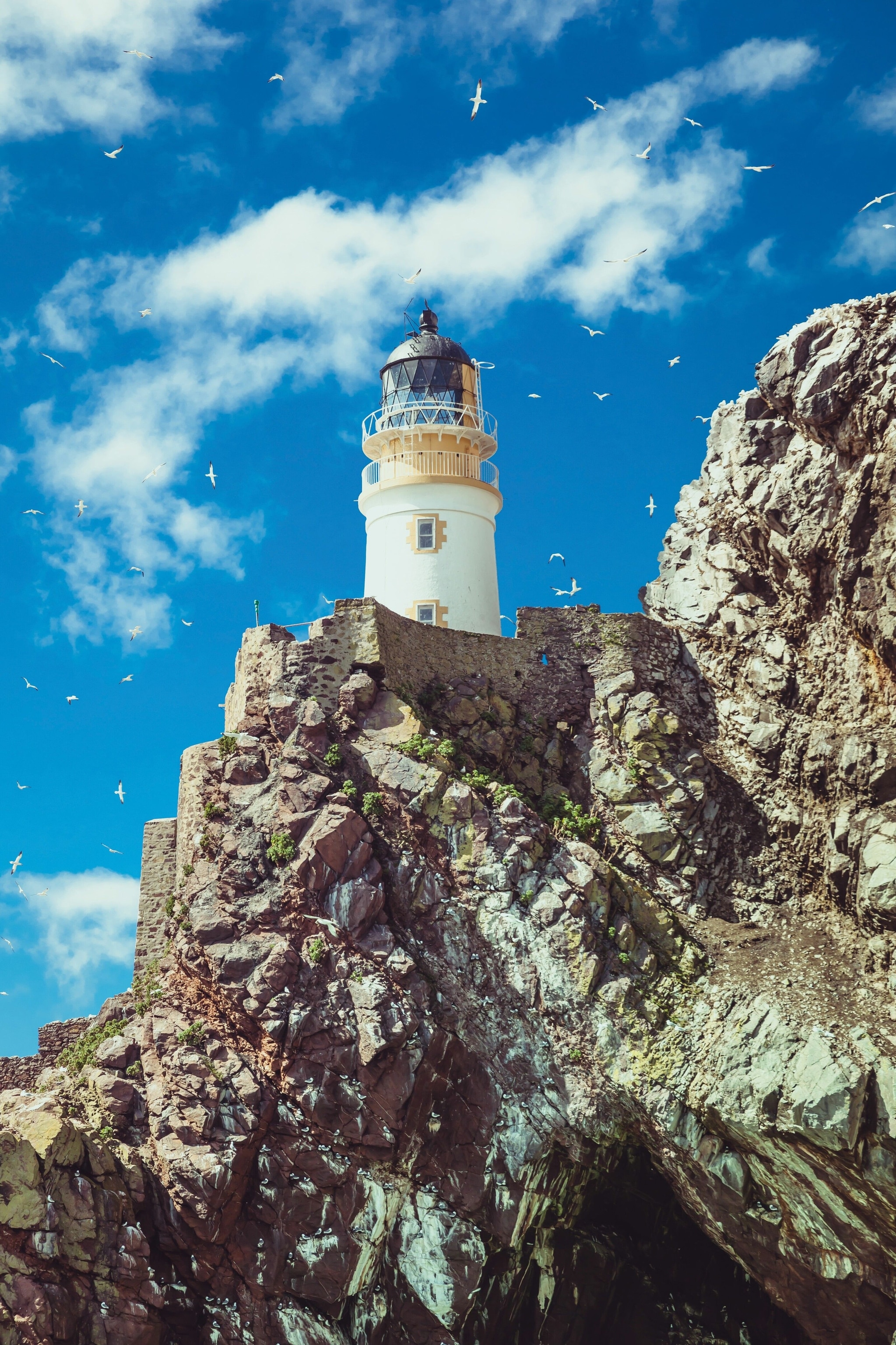
Another priority, of course, is the safeguarding of the coastal environment itself. After Glasgow hosted the COP26 Climate Change Conference in late 2021, it was confirmed that 99% of Scotland’s bathing waters met environmental water-quality standards, the best results since tighter regulations were introduced in 2015. Over roughly the same period, the number of Blue Flag beaches has risen from 61 to 76. However, there’s still plenty of work to do.
“Great beaches are not just about water quality,” says Allison Ogden-Newton, the CEO of Keep Britain Tidy, which manages the Blue Flag project in the UK. “They’re about cleanliness and accessibility. The main thing that affects the quality of a beach in terms of its condition is the behaviour of visitors. For example, every year we see hundreds of cheap, broken bodyboards being left on beaches in the South West. These bodyboards are an environmental disaster if left at the beach.” To combat this, the charity has launched a scheme enabling holidaymakers to rent good-quality, sustainable bodyboards for £1 per day.
She also sounds a further note of caution. “Ultimately, the responsibility for water quality around our coast rests with the water companies. We’d like to see commitment and investment from them, backed by a tough legislative framework, to ensure that as many beaches as possible are free from pollution.”
Beaches, of course, make up only a fraction of the nation’s shoreline. From puffin-populated clifftops and fossil-rich headlands to fishing villages and secluded islands, the coastline is many-layered and varied. At the end of 2019, the government announced that almost 30 million walks had been made along England’s coastal paths in the previous six months. How it arrived at that figure is anyone’s guess, but it makes the ongoing, stage-by-stage opening of the official, 2,795-mile England Coast Path — following in the steps of the spectacular Wales Coast Path, which was unveiled in 2012 — a prospect with serious potential.
Which brings us back to the sheer scale of the British coastline. Way up in the northwest of Scotland, where the extremity of the mainland meets the wild ocean, lies the dune-backed strand of Sandwood Bay. Often touted as one of the most stunning beaches in Europe, its mile-long sandy crescent also forms part of a national Site of Special Scientific Interest (SSSI). But when, in 2021, the World Wildlife Fund UK released the results of a large-scale survey into Britain’s best beaches, the top 10 was populated by other worthy contenders: the golden sands of St Ives, the famous seafront at Brighton, the rugged coves around Tenby. Top spot went to the cliff-edged beaches in and around Bournemouth. And Sandwood Bay? Not even in the top 50. There’s a lot of seaside out there to explore.
Five British seaside towns to watch
1. Porthcawl
Home to the annual Elvis Festival, the Victorian resort enjoys a prime location on the South Wales coast between Swansea and Cardiff, with Kenfig Nature Reserve’s dunes on its doorstep.
2. Weymouth
A decade after hosting the London 2012 Olympic Games’ sailing, Weymouth’s Georgian seafront and Blue Flag beach has potential. Much is planned, from a remodelling of the harbour to the restoration of historical quay buildings.
3. North Berwick
One of the best places to live in Scotland in 2022 according to The Times, this East Lothian seaside resort, half an hour by train from Edinburgh is home to handsome beaches and hip coffee shops. Home to one of the world’s oldest golf courses, it has bags of holiday heritage.
4. Folkestone
Ninety buildings were restored to create Folkestone’s Creative Quarter, ‘an urban village of designers, filmmakers, musicians, web developers and artists’. The Kent resort is about an hour from London and its restored Harbour Arm promenade is turning into a hub for independent businesses.
5. North Shields
This Tyneside town, just eight miles from Newcastle, has drawn headlines for the rebirth of its 13th-century Fish Quay, which has evolved from an industrial quarter into a lively area of pubs, restaurants and creative venues. More redevelopments are in the works.
Published in the June 2022 issue of National Geographic Traveller (UK)
Follow us on social media
Facebook | Twitter | Instagram
